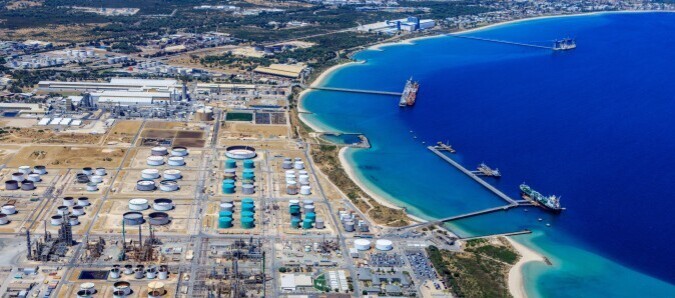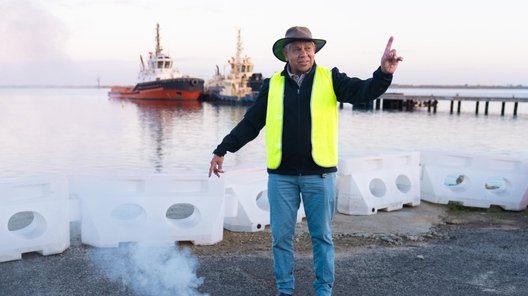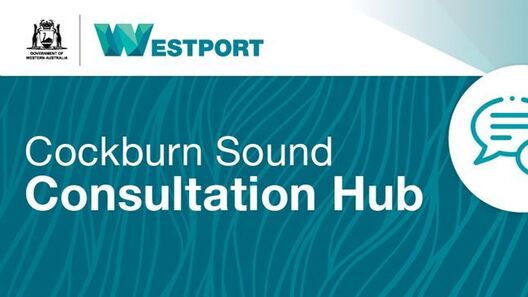_NewsTeaser.jpg?language=en)
To develop the shipping channel and breakwater needed for the new container port, marine development in Cockburn Sound is required. Westport acknowledges that marine development will have environmental impacts, and is adopting an ‘avoid, minimise/manage, restore’ approach to ensure the long-term health of the Sound.
A new shipping channel to accommodate larger vessels, and a breakwater to ensure ships and the berths are protected from wave energy, are required. The new channel is required to accommodate the larger container ships expected on global and Australian shipping routes in the future from the 2030s onwards. The breakwater will protect container ships from wave movement, as waves can dislodge or shift containers which can potentially cause damage and present a safety risk.
These critical components of the marine infrastructure for the new port in Cockburn Sound have been designed to have the least environmental impact.
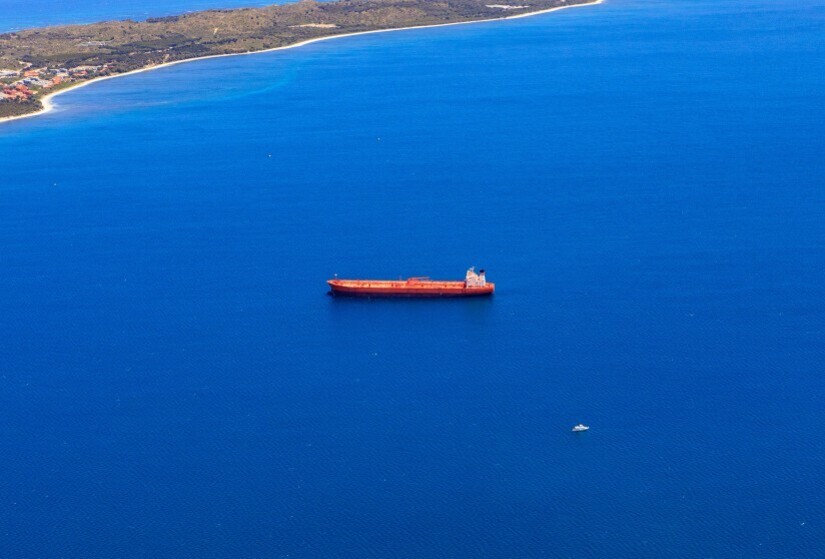
Dredging in Cockburn Sound
A large-scale dredging program will be required to develop the new shipping channel for the new port facilities.
The dredging program is being informed by the $13.5 million WAMSI-Westport Marine Science Program to guide best practice dredging activities in the Sound.
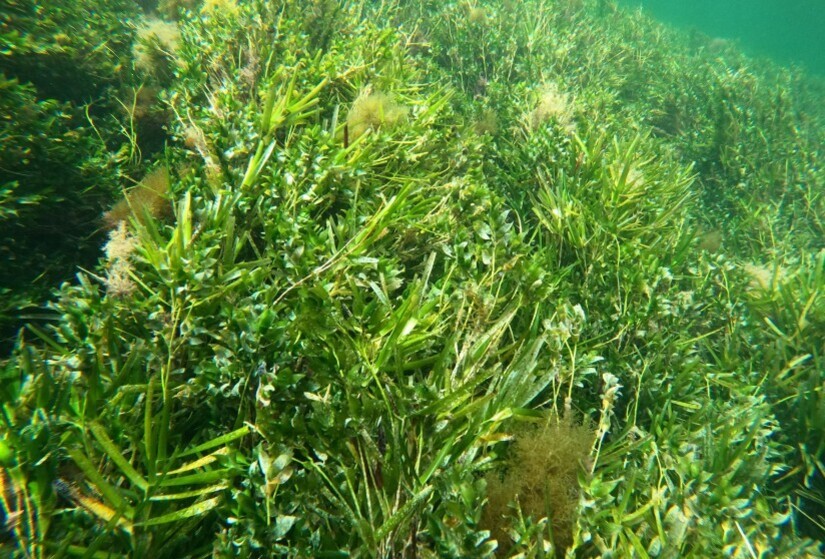
Marine development and seagrass
Westport has reduced direct impacts on seagrass through the design of the port and the channel and will be undertaking significant seagrass restoration activities before and after port development to support the long-term health of the Sound. This has been informed by the WAMSI-Westport Marine Science Program which has provided us with new insights into minimising and managing indirect impacts to seagrass during port development.


